Blogs & News
We are focus on automotive wiring harness & connectors technology.
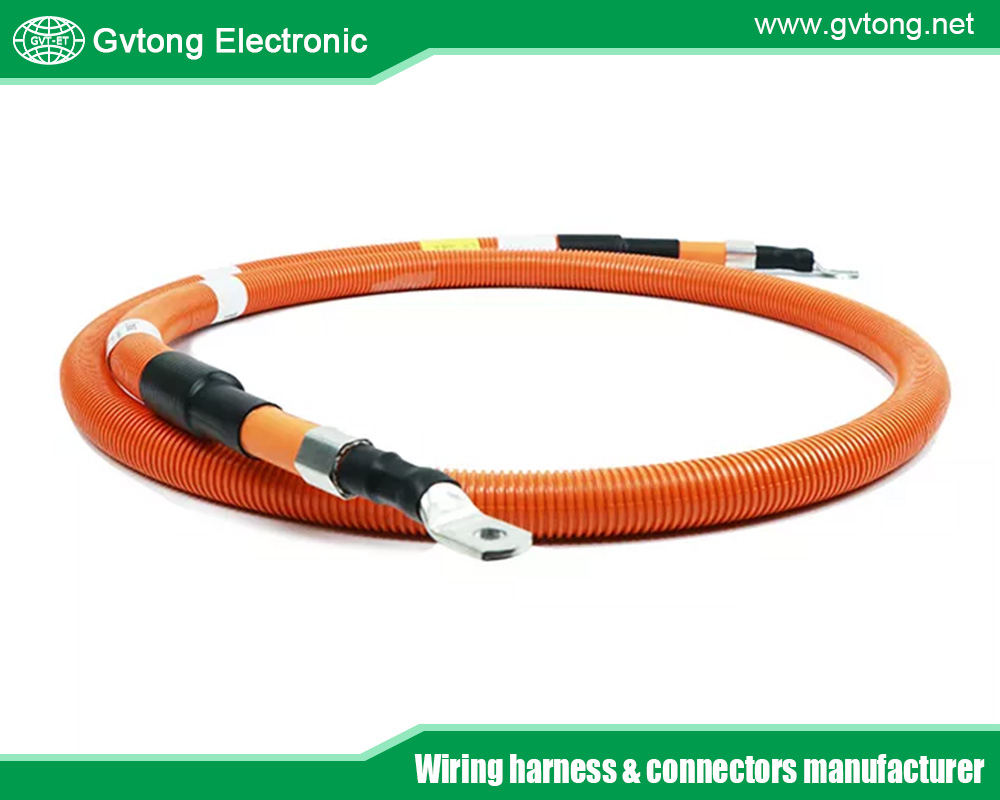
Performance of 10-Cavity Connectors in Automotive Scenarios
- Gvtong Electronic
- 10-cavity connectors, 10-cavity connectors comapany, 10-cavity connectors factory, 10-cavity connectors manufacturer, 10-cavity connectors market, 10-cavity connectors supplier, 48V board net connectors, Automated assembly connectors, automotive data connector, automotive diagnostic connector, automotive electrical connector, automotive High voltage connector, automotive Low voltage connector, automotive Oil-resistant Connectors, automotive Signal Connector, automotive waterproof connectors, Automotive-grade AEC-Q200 connectors, best photovoltaic connectors for solar panels, Best Photovoltaic Solar Battery Connectors For Energy Storage Systems, China High Current Connectors Manufacturer, China High Frequency And High Speed Connectors Manufacturer, China Industrial Electrical Connectors Manufacturers, china photovoltaic connectors manufacturers, Cost-effective automotive connectors, electric vehicle EV connector supplier, EV charging connectors manufacturers, Halogen-free automotive connectors, High Voltage EV Battery Connector For Electric Vehicles, Multi-variation connectors, Recyclable material connectors, Redundant safety connectors, Thermal management connectors, Wireless charging connectors
- No Comments
Performance of 10-Cavity Connectors in Automotive Scenarios
In the rapidly evolving automotive industry, electrical connectors serve as critical components for ensuring reliable communication and power distribution within vehicles. Among the various connector types, 10-cavity connectors have emerged as a versatile solution for automotive applications due to their compact design, robust performance, and ability to handle multiple circuits. These connectors, typically housing 10 terminals or pins, are used in a wide range of automotive systems, including engine control units (ECUs), infotainment systems, advanced driver-assistance systems (ADAS), and electric vehicle (EV) powertrains. This article explores the performance of 10-cavity connectors in automotive scenarios, examining their design, functionality, environmental resilience, and challenges in meeting the demands of modern vehicles.
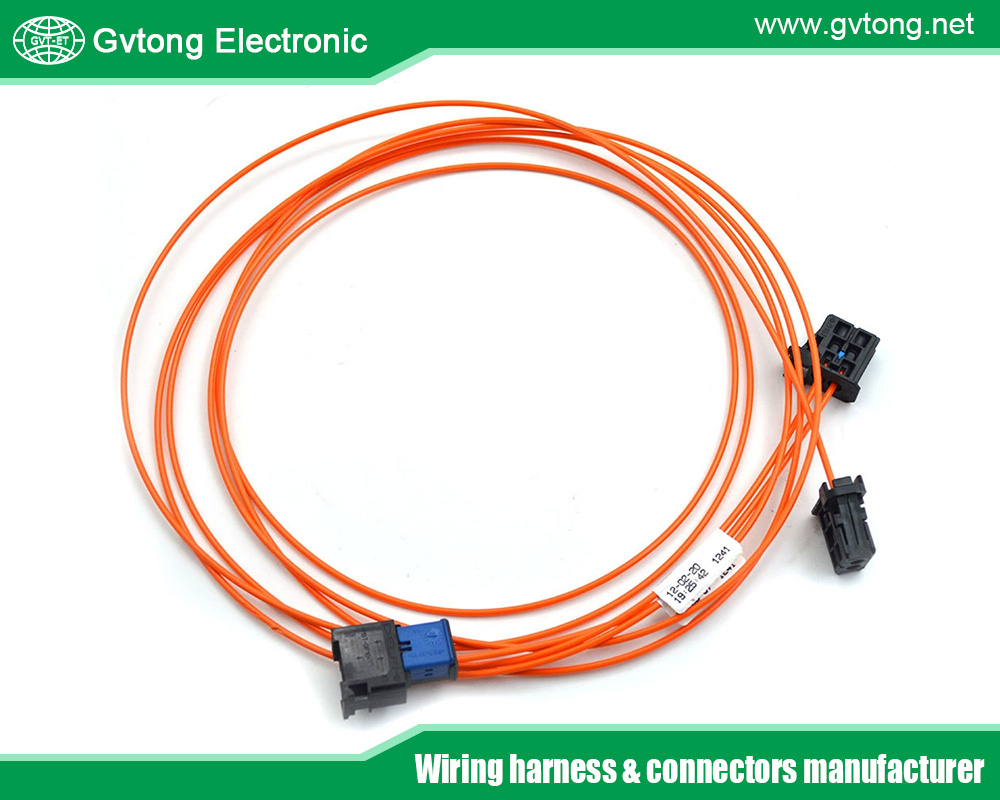
Understanding 10-Cavity Connectors
A 10-cavity connector is a multi-pin electrical connector that accommodates 10 individual terminals within a single housing. These connectors are typically designed to handle low-to-medium current and signal transmission, making them suitable for applications requiring multiple connections in a compact form factor. Common manufacturers, such as TE Connectivity, Molex, and Aptiv, produce 10-cavity connectors with standardized or proprietary designs, ensuring compatibility with automotive wiring harnesses.
The connectors consist of a male and female component, with the male side featuring pins and the female side containing sockets. They are often equipped with locking mechanisms, such as latches or clips, to ensure secure mating and prevent accidental disconnection. Materials used in 10-cavity connectors include high-temperature plastics for the housing (e.g., polyamide or PBT) and copper alloys for the terminals, often coated with tin, silver, or gold to enhance conductivity and resist corrosion.
Applications in Automotive Scenarios
10-cavity connectors are employed in various automotive systems due to their versatility and ability to manage multiple circuits. Key applications include:
- Engine Control Units (ECUs):
ECUs rely on 10-cavity connectors to interface with sensors and actuators that monitor and control engine parameters, such as fuel injection, ignition timing, and emissions. The connectors ensure reliable signal transmission in harsh under-hood environments characterized by high temperatures and vibrations.
- Infotainment and Connectivity Systems:
Modern vehicles feature advanced infotainment systems that integrate audio, navigation, and smartphone connectivity. 10-cavity connectors facilitate communication between head units, displays, and peripheral devices, supporting protocols like CAN (Controller Area Network) or LIN (Local Interconnect Network).
- Advanced Driver-Assistance Systems (ADAS):
ADAS technologies, such as lane departure warnings, adaptive cruise control, and parking assistance, depend on sensors like cameras, radar, and LIDAR. 10-cavity connectors provide the necessary connections for data transfer between these sensors and the vehicle’s processing units.
- Electric Vehicle (EV) Systems:
In EVs, 10-cavity connectors are used in battery management systems (BMS), charging interfaces, and power distribution units. They handle both power and signal transmission, ensuring efficient operation of high-voltage components.
- Lighting and Body Control Modules:
Exterior and interior lighting systems, as well as body control modules that manage functions like power windows and door locks, utilize 10-cavity connectors for their compact size and ability to handle multiple circuits.
Performance Characteristics
The performance of 10-cavity connectors in automotive scenarios is evaluated based on several key parameters:
- Electrical Performance:
10-cavity connectors are designed to handle currents typically ranging from 1A to 15A per terminal, depending on the wire gauge and terminal design. They support low-voltage signals (e.g., 5V for sensors) and higher voltages (e.g., 12V or 48V for power distribution). The connectors maintain low contact resistance, typically in the milliohm range, to minimize power loss and heat generation.
- Durability and Reliability:
Automotive connectors must withstand thousands of mating cycles without degradation. 10-cavity connectors are engineered for durability, with robust locking mechanisms and terminal retention features to prevent loosening during operation. Their reliability is critical in safety-critical systems like airbags and braking controls.
- Environmental Resilience:
Automotive environments expose connectors to extreme conditions, including temperatures ranging from -40°C to +125°C, humidity, salt spray, and vibrations. 10-cavity connectors are designed to meet standards like ISO 16750 and SAE J2030, ensuring resistance to thermal cycling, moisture ingress, and mechanical stress. Sealed variants, equipped with gaskets or O-rings, achieve IP67 or IP69K ratings for water and dust resistance.
- Size and Weight Efficiency:
As vehicles incorporate more electronics, space constraints become a significant challenge. 10-cavity connectors offer a compact footprint, allowing designers to integrate multiple circuits without increasing the size of wiring harnesses. Their lightweight construction, often using high-strength plastics, contributes to vehicle fuel efficiency and reduced emissions.
- Ease of Assembly and Maintenance:
The design of 10-cavity connectors facilitates automated assembly in manufacturing plants, reducing production costs. Features like color-coded housings and polarized designs prevent incorrect mating, while accessible release mechanisms simplify maintenance and repairs in the field.
Challenges in Automotive Applications
While 10-cavity connectors offer numerous advantages, they face several challenges in automotive scenarios:
- Thermal Management:
High-current applications, such as those in EVs, generate significant heat, which can degrade connector performance over time. Ensuring adequate thermal dissipation through material selection and design optimization is critical.
- Vibration and Mechanical Stress:
Vehicles experience constant vibrations, particularly in off-road or heavy-duty applications. Prolonged exposure can lead to fretting corrosion at the terminal interface, increasing contact resistance and risking signal loss. Anti-vibration features, such as secondary locks and robust terminal designs, are essential to mitigate this issue.
- Miniaturization vs. Performance:
The trend toward smaller, lighter connectors conflicts with the need for higher current-carrying capacity and durability. Balancing these requirements while maintaining cost-effectiveness is a significant engineering challenge.
- Compatibility and Standardization:
The automotive industry uses a variety of connector standards, and ensuring compatibility between 10-cavity connectors and existing systems can be complex. Proprietary designs may limit interoperability, requiring custom solutions that increase costs.
- Electromagnetic Interference (EMI):
As vehicles incorporate more electronic systems, EMI becomes a concern. 10-cavity connectors must be designed with shielding or filtering to prevent signal interference, particularly in high-frequency applications like ADAS or infotainment.
Testing and Validation
To ensure reliable performance, 10-cavity connectors undergo rigorous testing to meet automotive industry standards. Key tests include:
- Thermal Cycling: Simulating temperature extremes to verify material stability and performance.
- Vibration Testing: Subjecting connectors to random and sinusoidal vibrations to assess mechanical integrity.
- Ingress Protection (IP) Testing: Evaluating resistance to water, dust, and other contaminants.
- Electrical Testing: Measuring contact resistance, insulation resistance, and dielectric strength under various conditions.
- Durability Testing: Performing repeated mating/unmating cycles to confirm long-term reliability.
These tests, often conducted per standards like ISO 6722 and USCAR-2, ensure that 10-cavity connectors can withstand the demanding conditions of automotive environments.
Innovations and Future Trends
The automotive industry is undergoing a transformation with the rise of electric vehicles, autonomous driving, and connected car technologies. These trends are driving innovations in 10-cavity connectors:
- High-Voltage Variants:
As EVs become more prevalent, 10-cavity connectors are being adapted for higher voltages (e.g., 400V or 800V) to support fast-charging systems and powertrains. Enhanced insulation and thermal management are critical for these applications.
- Smart Connectors:
The integration of sensors or microchips within connectors enables real-time monitoring of performance parameters, such as temperature or contact resistance. Smart 10-cavity connectors could improve predictive maintenance and system reliability.
- Lightweight Materials:
Advances in materials science are leading to the development of lighter, more durable plastics and composites for connector housings, reducing vehicle weight and improving efficiency.
- High-Speed Data Transmission:
With the growing demand for data-intensive applications like autonomous driving, 10-cavity connectors are being optimized for high-speed protocols, such as Ethernet or USB-C, to support faster and more reliable communication.
- Sustainability:
Manufacturers are exploring eco-friendly materials and recycling processes for connectors to align with the industry’s sustainability goals. Biodegradable plastics and recyclable metals are gaining traction.
- Case Study: 10-Cavity Connectors in Electric Vehicles
To illustrate the performance of 10-cavity connectors, consider their role in an electric vehicle’s battery management system (BMS). The BMS monitors battery health, temperature, and charge levels, requiring reliable connections between sensors, controllers, and the battery pack. A 10-cavity connector in this scenario might handle signals from temperature sensors, voltage monitors, and communication lines to the vehicle’s ECU.
In a typical EV, the connector must operate in temperatures ranging from -40°C (during cold starts) to +85°C (near the battery pack). It must also withstand vibrations from road conditions and maintain an IP67 seal to protect against moisture. A high-quality 10-cavity connector, such as TE Connectivity’s Mini-Universal MATE-N-LOK, meets these requirements with a compact design, robust locking mechanism, and gold-plated terminals for low contact resistance.
During testing, the connector demonstrated reliable performance over 10,000 mating cycles and maintained signal integrity under thermal cycling. However, challenges such as heat dissipation near high-current terminals required careful design considerations, including larger wire gauges and enhanced cooling features.
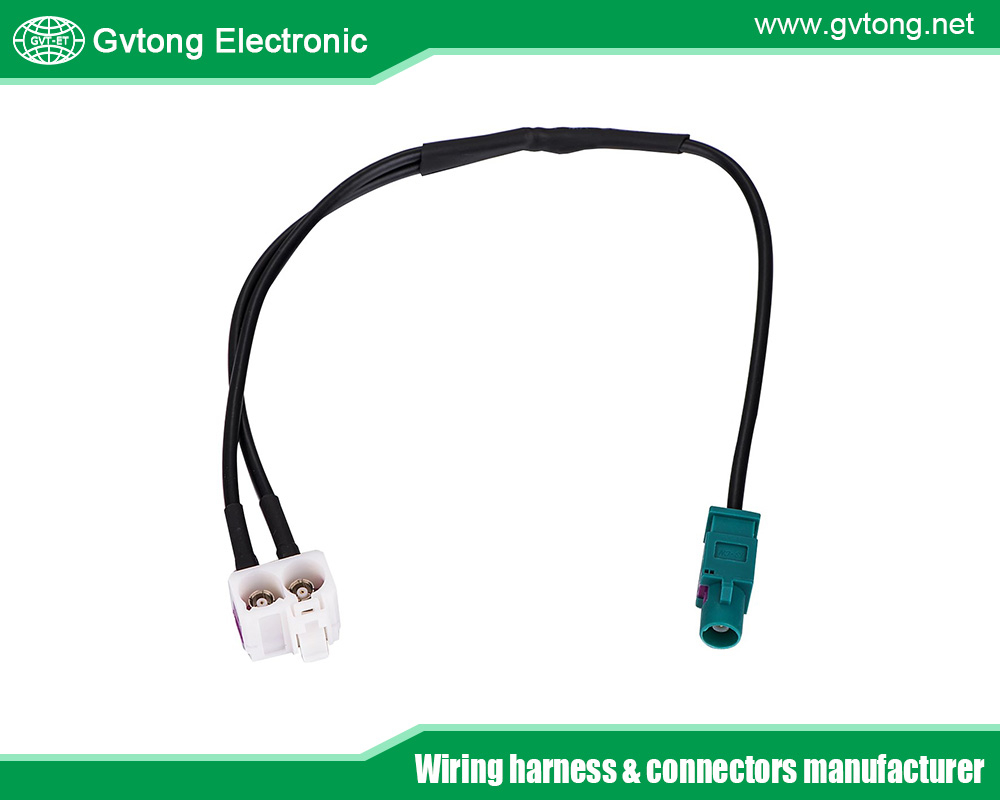
Conclusion
10-cavity connectors play a vital role in the automotive industry, offering a balance of compactness, reliability, and versatility for a wide range of applications. Their ability to perform in harsh environments, handle multiple circuits, and support emerging technologies like EVs and ADAS makes them indispensable in modern vehicles. However, challenges such as thermal management, vibration resistance, and EMI mitigation require ongoing innovation to meet the industry’s evolving demands.
As the automotive landscape continues to shift toward electrification, autonomy, and connectivity, 10-cavity connectors will evolve to incorporate advanced materials, smart features, and high-speed capabilities. By addressing current challenges and leveraging new technologies, these connectors will remain a cornerstone of automotive electrical systems, ensuring safe, efficient, and reliable vehicle performance.
For more about the best performance of 10-cavity connectors in automotive scenarios, you can pay a visit to Gvtong at https://www.gvtong.net/ for more info.
Recent Posts
Revealing the Core Advantages of Automotive Hybrid Connectors
What is the 12 Volt Automotive Wire Connector
Recommend the Best ADAS Automotive Connector Manufacturers in China
What is an Electrical Distribution System and How to Choose It
The Top Automotive Electrical Connectors Manufacturers You Want to Know
How to Choose the Best Automotive Connector Suppliers in Vietnam
The Best High Current Connectors Automotive Manufacturer in China
Tags
Recommended Products
-
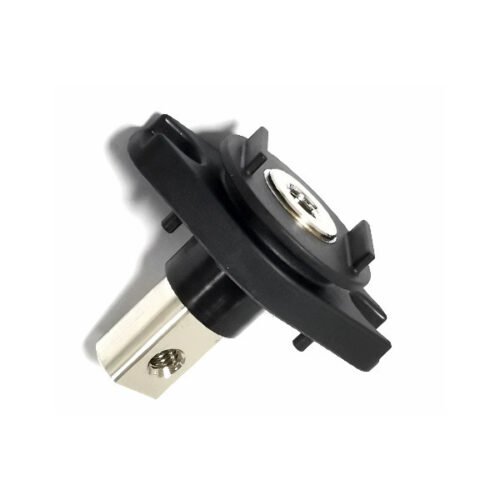
GH Series-DCDC Through-the-Wall Terminal
-
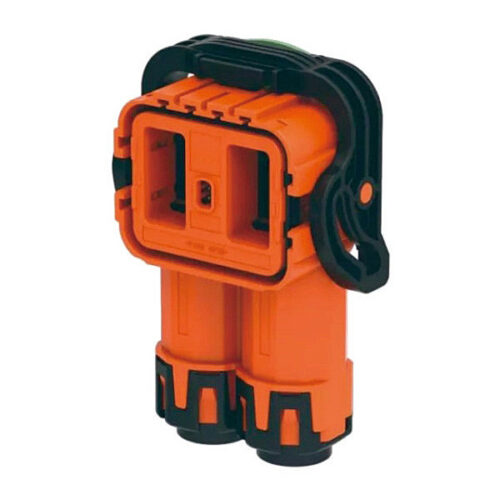
High voltage connector-2000 series-(2 core)
-
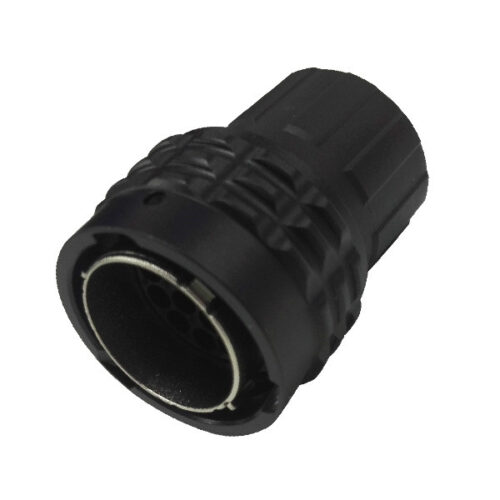
GR Series-12-core 14# circular signal connector
-

Signal connector – waterproof, three-row, 14-pin
-
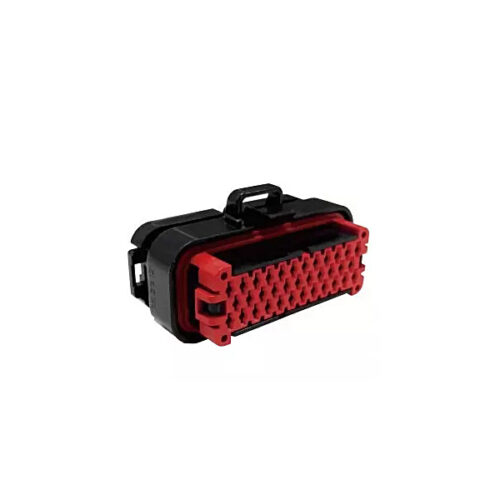
Signal connector – waterproof, three rows, 35 cores
-
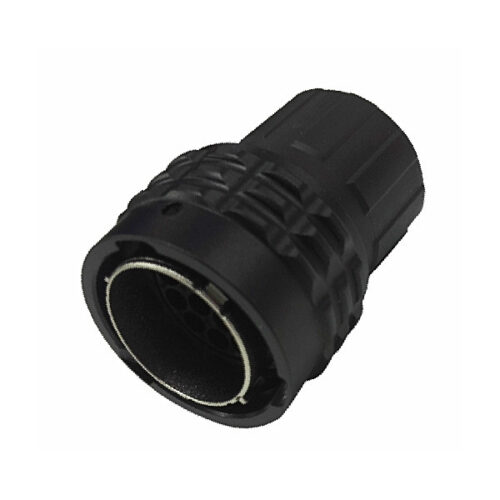
GR Series-19-core 16# circular signal connector
-
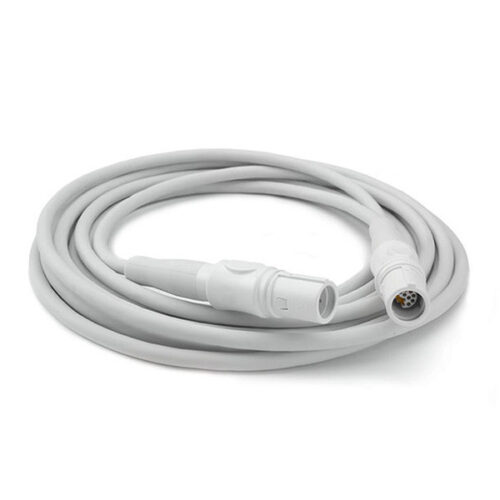
Wiring harness for medical equipments
-
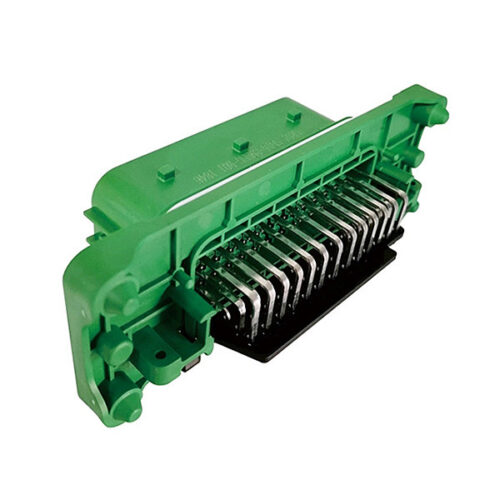
Rectangular connector-39 core socket
